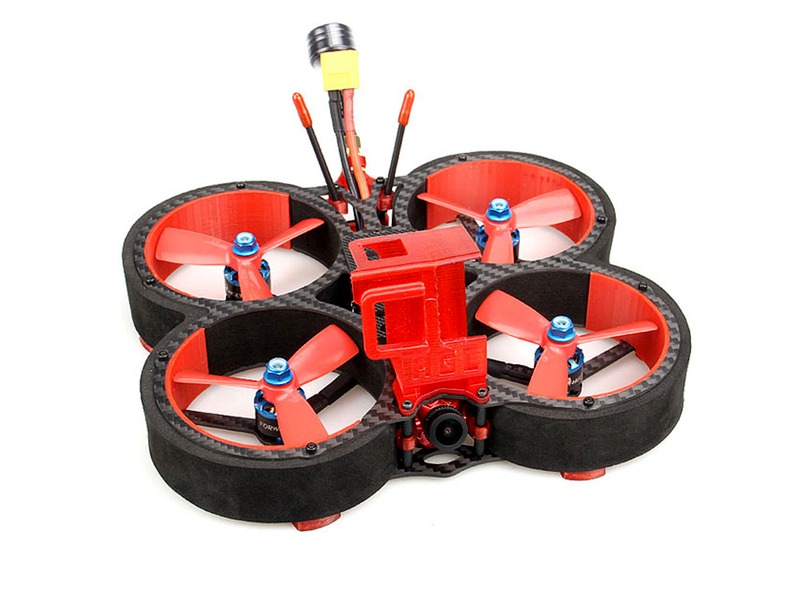Can a drone leave Earth?

Yes, a drone can leave Earth. Drones are unmanned aerial vehicles (UAVs) that are controlled remotely by a pilot or autonomously by onboard computers. They are used for a variety of purposes, including surveillance, reconnaissance, and delivery. As such, they can be used to explore space, and they have been used to explore the Earth’s atmosphere and beyond.
The first drone to leave Earth was the Soviet Union’s Lunokhod 1, which was launched in 1970. It was the first wheeled vehicle to be sent to the Moon, and it was able to travel up to 10 kilometers across the lunar surface. The Lunokhod 1 was controlled remotely from Earth, and it was able to take pictures and collect data about the lunar environment.
Since then, drones have been used to explore other planets and moons in our solar system. The Mars Exploration Rover Opportunity was launched in 2003 and was able to travel up to 40 kilometers across the Martian surface. The Cassini-Huygens mission was launched in 1997 and was able to explore Saturn and its moons.
In addition to exploring other planets and moons, drones have also been used to explore space beyond our solar system. The Voyager 1 and 2 probes were launched in 1977 and were able to explore the outer reaches of our solar system. They were able to take pictures of Jupiter, Saturn, Uranus, and Neptune, as well as the interstellar medium.
In recent years, drones have been used to explore the Earth’s atmosphere and beyond. The Stratospheric Observatory for Infrared Astronomy (SOFIA) is a modified Boeing 747 that is equipped with a telescope and is able to fly up to 45,000 feet in the atmosphere. It has been used to observe stars and galaxies that are too far away for ground-based telescopes to observe.
In conclusion, drones can indeed leave Earth and explore space. They have been used to explore the Moon, other planets and moons in our solar system, and even the interstellar medium. They have also been used to explore the Earth’s atmosphere and beyond. As technology continues to improve, drones will be able to explore even more distant places in the universe.

